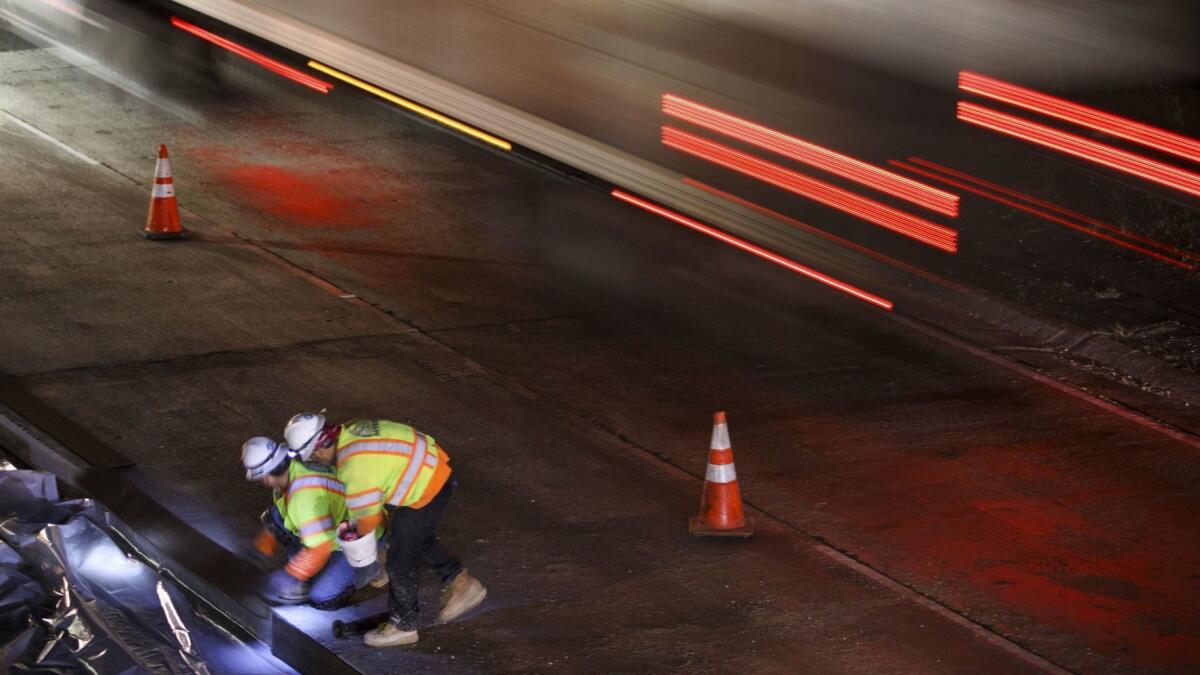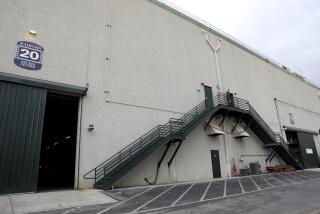Caltrans to pay $37 million to contractor paralyzed after being hit in Eureka

- Share via
The California Department of Transportation has agreed to pay $37 million to a man who was paralyzed while working on a freeway project nearly a decade ago, an attorney for the family said.
Kyle Anderson was 20 years old in 2011 when he was working for a contractor on Highway 101 in Eureka. He was crouched in a trench when a driver crossed onto the shoulder and struck him, according to his legal team.
The impact left Anderson, now 28, quadriplegic and with “locked-in” syndrome, which means he is conscious but can’t move or communicate, attorney Russell Reiner of the firm Reiner, Slaughter and Frankel said.
The decision comes about two years after a Humboldt County Superior Court jury decided Caltrans was entirely responsible for Anderson’s injuries.
“Jurors found that Caltrans created a dangerous condition when they denied a request for a lane closure, removed a backhoe that functioned as a barrier vehicle and adjusted a work light tower in a way that caused a blinding glare to oncoming drivers,” the law firm said in a statement.
The jury decided that Caltrans owed the family $56.5 million, but the agency appealed the verdict. An appellate court scheduled another jury trial, and the $37-million settlement came on the first day of those proceedings, Reiner said.
“Caltrans’ only acceptable goal is zero incidents such as this on state highways in California and our number one priority is the safety of travelers, employees, and contractors,” the agency said in a statement. “This tragic event has been actively litigated for years and we’re hopeful this settlement agreement will allow both parties to reach closure.”
Reiner said part of the settlement will go toward the lifetime of medical care Anderson now needs, which doctors have estimated at $18 million. That includes providing Anderson with high-tech equipment that could allow him to communicate with his eyes by looking at images on a computer screen.
“I didn’t want to wait another three years,” Reiner said. “Now all of that will be funded.”
Twitter: @r_valejandra
More to Read
Sign up for Essential California
The most important California stories and recommendations in your inbox every morning.
You may occasionally receive promotional content from the Los Angeles Times.











